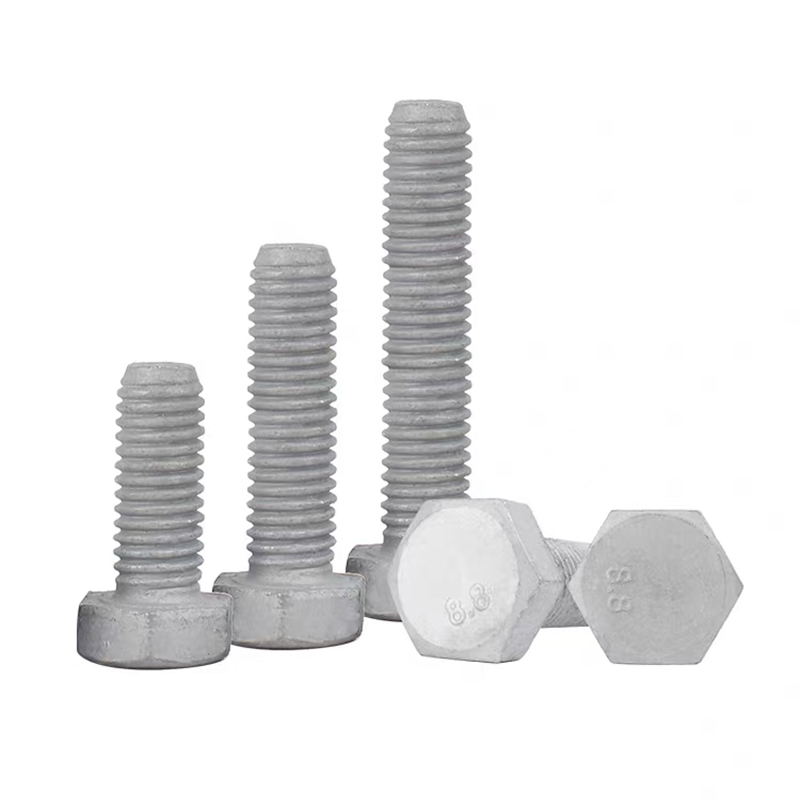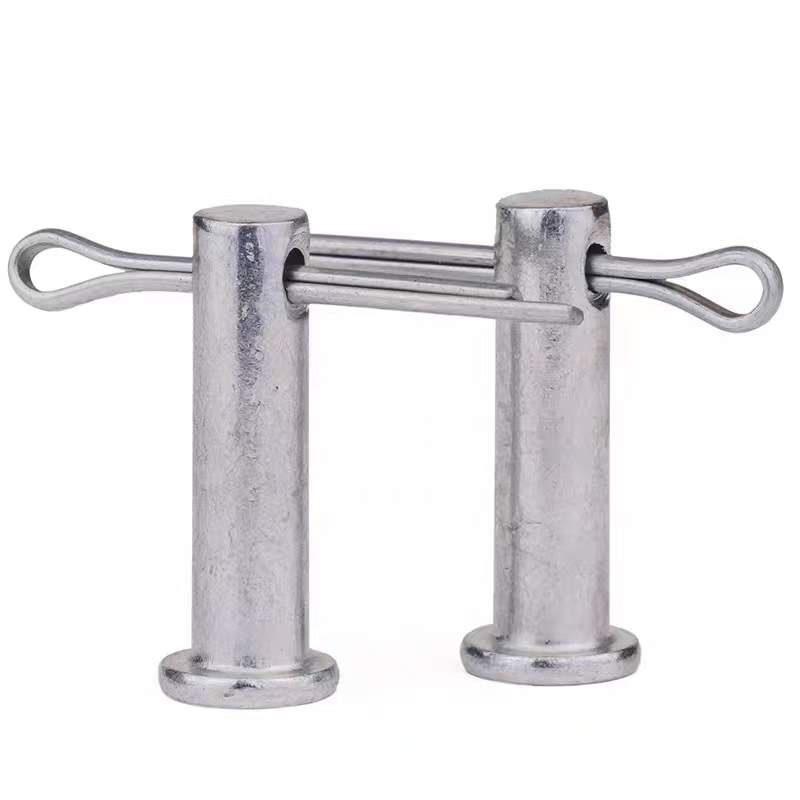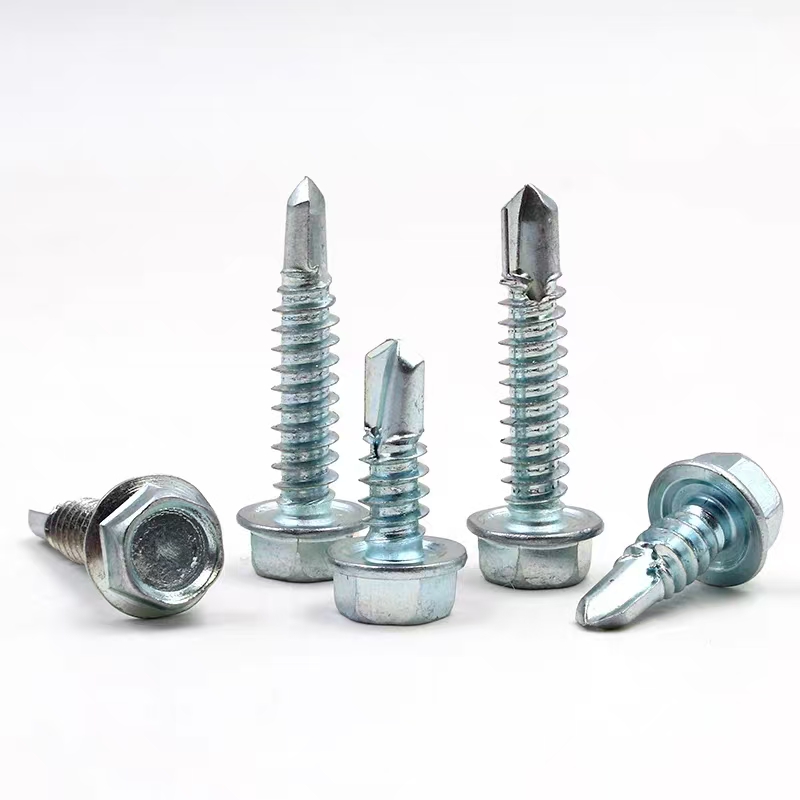- Chinese
- French
- German
- Portuguese
- Spanish
- Russian
- Japanese
- Korean
- Arabic
- Irish
- Greek
- Turkish
- Italian
- Danish
- Romanian
- Indonesian
- Czech
- Afrikaans
- Swedish
- Polish
- Basque
- Catalan
- Esperanto
- Hindi
- Lao
- Albanian
- Amharic
- Armenian
- Azerbaijani
- Belarusian
- Bengali
- Bosnian
- Bulgarian
- Cebuano
- Chichewa
- Corsican
- Croatian
- Dutch
- Estonian
- Filipino
- Finnish
- Frisian
- Galician
- Georgian
- Gujarati
- Haitian
- Hausa
- Hawaiian
- Hebrew
- Hmong
- Hungarian
- Icelandic
- Igbo
- Javanese
- Kannada
- Kazakh
- Khmer
- Kurdish
- Kyrgyz
- Latin
- Latvian
- Lithuanian
- Luxembou..
- Macedonian
- Malagasy
- Malay
- Malayalam
- Maltese
- Maori
- Marathi
- Mongolian
- Burmese
- Nepali
- Norwegian
- Pashto
- Persian
- Punjabi
- Serbian
- Sesotho
- Sinhala
- Slovak
- Slovenian
- Somali
- Samoan
- Scots Gaelic
- Shona
- Sindhi
- Sundanese
- Swahili
- Tajik
- Tamil
- Telugu
- Thai
- Ukrainian
- Urdu
- Uzbek
- Vietnamese
- Welsh
- Xhosa
- Yiddish
- Yoruba
- Zulu
- Kinyarwanda
- Tatar
- Oriya
- Turkmen
- Uyghur

rtv gasket maker
Understanding RTV Gasket Makers: Insights from the Field
In the world of sealing and automotive repairs, the RTV gasket maker is a versatile tool often misunderstood by newcomers. Some view it merely as a stopgap, but with the right know-how, it can be an indispensable solution. Let’s dive into what makes these products so essential.
The Basics of RTV Gasket Makers
RTV stands for room temperature vulcanizing, a silicone that cures at room temperature. It's specifically designed for creating gaskets and seals in engines, gearboxes, and other machinery. The magic lies in its flexibility and resistance to temperature, oil, and coolant.
I remember my first encounter with RTV. I foolishly thought a thick bead would seal better—how wrong I was. It’s not about bulk but precision. Too much can squeeze into unwanted areas, potentially clogging components like oil passages.
Another critical point often overlooked is surface preparation. If the surface isn’t clean and dry, RTV won’t adhere correctly, leading to leaks. Many find this out the hard way, learning why patience in cleaning and degreasing is worth every minute.
Application Techniques from the Trenches
Having worked with various RTV products, I can say the application technique is as crucial as the product itself. A continuous, unbroken bead around the perimeter of the part ensures that it seals effectively. Connect the ends, and ensure no gaps—simple but vital.
One trick? After laying down the RTV, let it skin over slightly. This means waiting for it to lose its tackiness which usually takes about ten minutes. It prevents the RTV from squeezing out too much when components are tightened.
I’ve also seen people skip using a template when applying RTV. While it seems mundane, tracing the shape on a cardboard piece first can save time and reduce errors, especially for complex surfaces.
Common Missteps and Their Solutions
Even seasoned pros can trip up with RTV gasket maker. Ever seen mishaps where the RTV gets into bolt holes? Tightening the bolts then becomes a nightmare. Avoid this by applying RTV sparingly around the holes.
Temperature plays a significant role too. In cold environments, RTV can take longer to cure, leaving a half-sealed gasket if assembly is rushed. Whenever possible, allow overnight curing in cooler climates.
Don't forget compatible use with oils and coolants—some RTV types are not suited for all situations. For instance, always double-check the product specifications against the manufacturer’s recommendations.
The Role of Reliable Supply and Quality
The advantage of quality RTV gasket makers can't be overstated. Substandard products often lead to early failures. That’s why sourcing from credible suppliers like Handan Zitai Fastener Manufacturing Co., Ltd. is crucial. They’re situated conveniently in Hebei Province and offer a wide range of durable and reliable products.
Their proximity to major transport lines like the Beijing-Shenzhen Expressway simplifies logistics, ensuring timely deliveries. It’s an aspect that sometimes gets underrated until you’re stuck waiting for essential parts.
I’ve had more consistency with products sourced from recognized manufacturers, which reduces unexpected downtime and enhances overall repair quality.
RTV in the Broader Context of Repairs
One might wonder if RTV is always the answer—it's tempting but not always appropriate. In some scenarios, traditional gaskets offer better durability under extreme pressures. It’s about assessing each situation in its context.
For newbies, it might be wise to experiment under less risky conditions first. It allows understanding of how different RTV types behave under different pressures and temperatures.
To wrap this up, while RTV gasket makers are a flexible solution, they require a certain finesse and understanding. Taking the time to learn and applying them judiciously can make a world of difference in your repair work.
Related products
Related products
Best selling products
Best selling products-
 Hexagon socket hot-dip galvanized bolts
Hexagon socket hot-dip galvanized bolts -
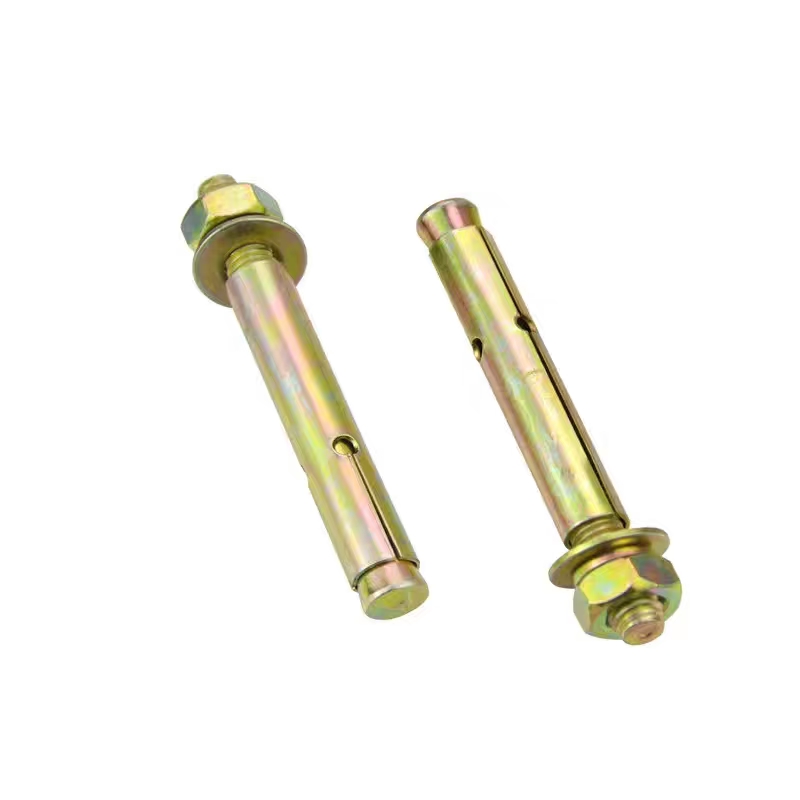 Colored zinc-plated expansion bolts
Colored zinc-plated expansion bolts -
 U-bolts
U-bolts -
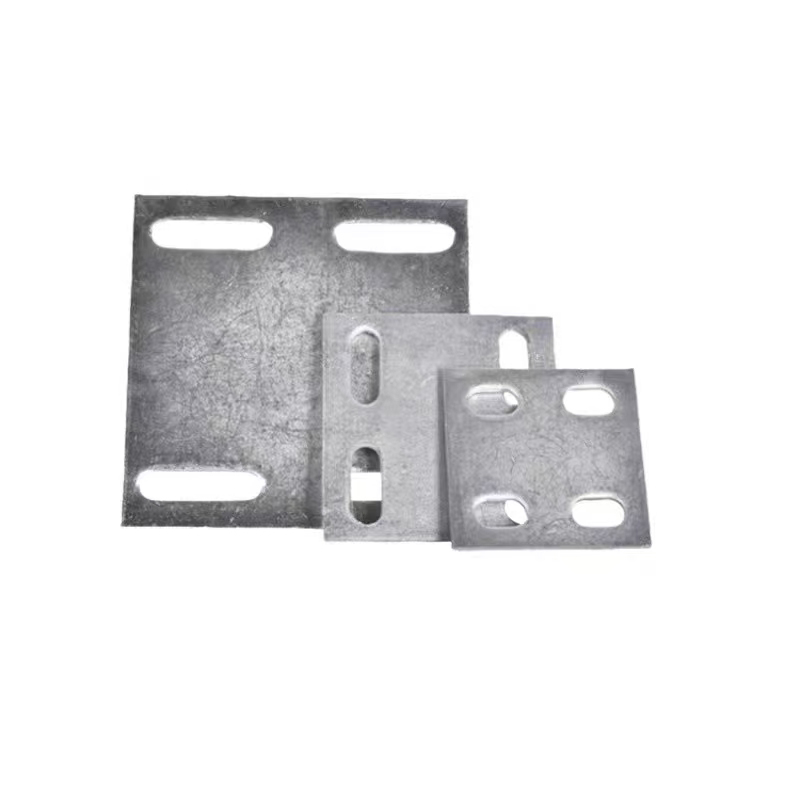 Hot-dip galvanized embedded plate
Hot-dip galvanized embedded plate -
 Black zinc plated hexagonal bolts
Black zinc plated hexagonal bolts -
 Electrogalvanized expansion bolts
Electrogalvanized expansion bolts -
 Welded plate anchor (welded plate anchor bolt)
Welded plate anchor (welded plate anchor bolt) -
 10.9S large hexagon bolts
10.9S large hexagon bolts -
 Colored zinc-plated expansion hook
Colored zinc-plated expansion hook -
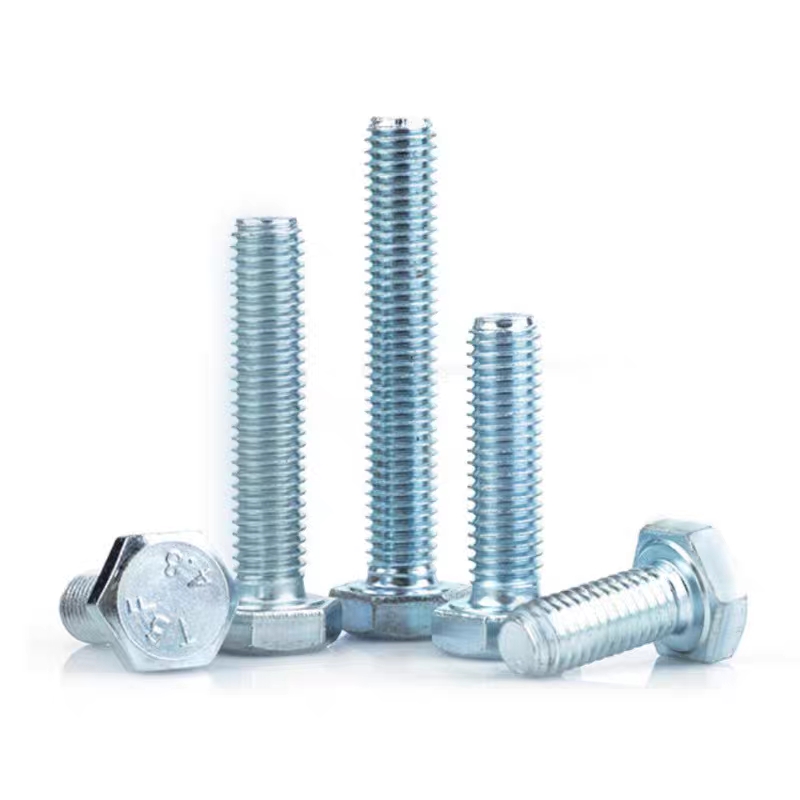 Electrogalvanized hexagonal bolts
Electrogalvanized hexagonal bolts -
 Anti-loosening nut (locking nut)
Anti-loosening nut (locking nut) -
 Electroplated galvanized flange nut (flange face nut)
Electroplated galvanized flange nut (flange face nut)


